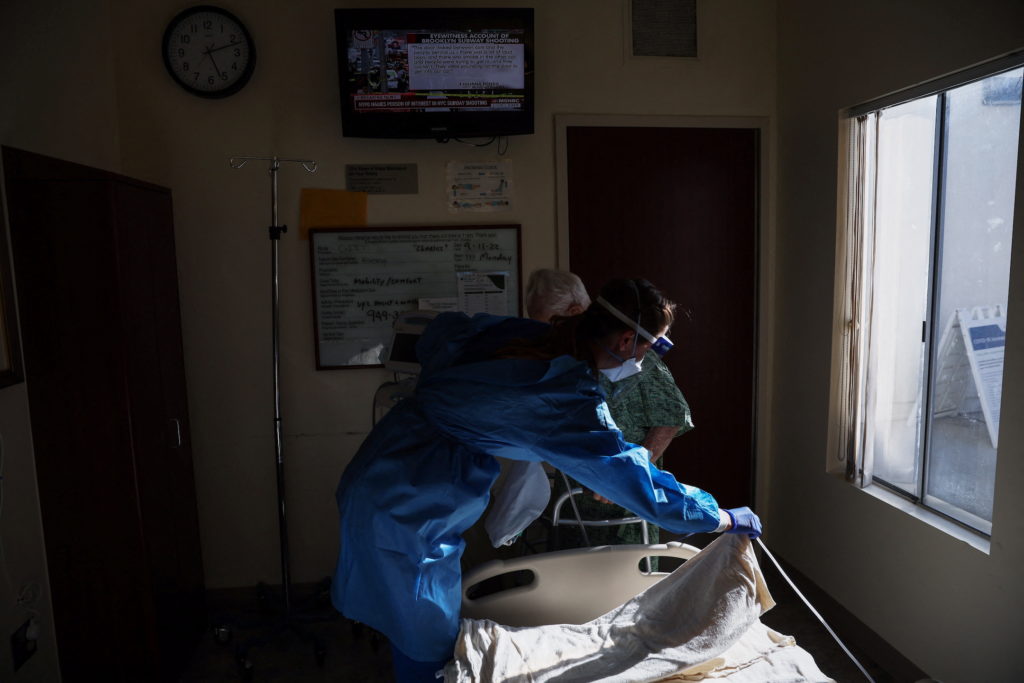Infection
Rising COVID hospitalizations point to another summer surge in infections
John Yang:
Geoff, after months of decline, numbers from the Centers for Disease Control and Prevention show that reported cases and hospitalizations are on the rise, slowly, to be sure, but still rising.
For the week ending July 22, COVID-19 hospital admissions were up by 12 percent from the week before and emergency department visits up by 17 percent. The CDC says COVID deaths are the lowest they have been since the government started keeping track, but, still, between 300 and 400 Americans are dying each week.
Katelyn Jetelina is an epidemiologist at the University of Texas. She writes the popular Substack column Your Local Epidemiologist.
So, Katelyn, what — when you hear those numbers, what do they tell you? What are those — what does this little spike tell you?
Katelyn Jetelina, University of Texas Health Science Center: Well, it tells me, well, here we are yet again. We find ourselves in the middle of this COVID-19 summer wave.
And I don’t think this should be very surprising, because we have seen a summer wave the past three years, particularly in the South, due to a combination of three things. One, the virus continues to mutate about two times faster than the flu. Two, people are moving inside because of the heat. And, three, the susceptibility pool is growing. Our protection is waning over time.
I will say, though, that there’s two pieces of good news, though. One is that, like you said, John, although metrics are increasing, they’re starting from very low absolute levels, which is certainly helpful for our hospital systems.
And then, two, some signs today actually indicated that acceleration is slowing down. So we may be starting to see our peak here soon.

